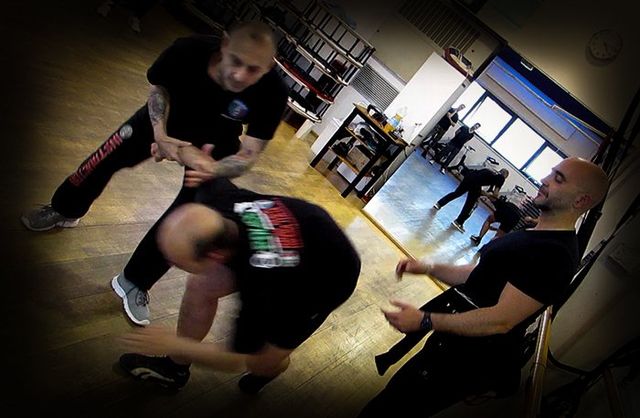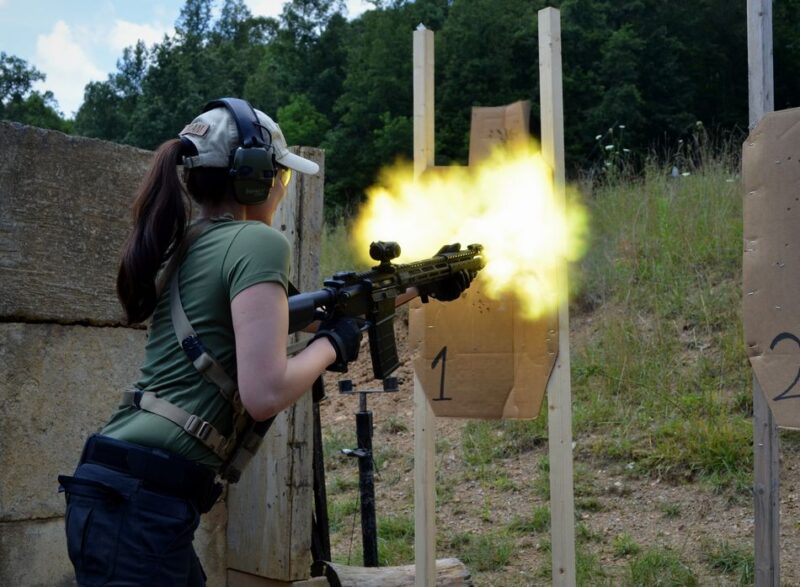In an increasingly unpredictable world, the demand for professional security services has surged, making executive protection a crucial field for ensuring the safety of individuals at risk. Yet, not all executive protection training is created equal.
Aspiring professionals often find themselves navigating the vast landscape of available courses, leading to a fundamental question: what distinguishes basic training from its advanced counterpart? Basic executive protection training typically covers the essentials—threat assessment, basic evasive driving tactics, and fundamental first aid. However, advanced training delves deeper, exploring intricate strategies like counter-surveillance techniques, high-risk environment management, and the psychological nuances of protective detail leadership.
Understanding these differences can be pivotal for those looking to elevate their skills and enhance the effectiveness of their protective measures, whether in corporate settings, high-profile events, or personal security arrangements. As we venture further into this topic, we will unravel these distinctions, shedding light on the critical competencies required at each level.
Overview of Executive Protection Training

Executive protection training is a multifaceted discipline designed to equip individuals with the skills and knowledge necessary to ensure the safety of high-profile clients. At the foundational level, basic training typically covers essential topics such as threat assessment, situational awareness, and fundamental defensive techniques.
Trainees learn how to anticipate potential risks and respond effectively to common scenarios. However, as one progresses to advanced training, the complexity deepens.
Here, trainees delve into specialized areas such as tactical driving, advanced evasion techniques, and crisis management. They are immersed in realistic simulation exercises, honing their judgment and decision-making in high-pressure environments.
This evolution—from basic skills to advanced strategies—reflects the increasing responsibility executive protection professionals bear in a world fraught with unpredictable challenges. The comprehensive nature of this training ensures that protectors are not only reactive but also proactive, positioning themselves as vigilant guardians ready to navigate the intricacies of personal security.
Skill Level and Competency Requirements

The skill level and competency requirements for executive protection training can vary dramatically between basic and advanced curriculums. Basic training often focuses on foundational skills such as threat assessment, personal security awareness, and basic defensive driving techniques.
Participants might engage in straightforward drills and simulations, designed primarily for those new to the field. In contrast, advanced training delves much deeper, requiring a more sophisticated understanding of risk management, tactical response, and advanced surveillance.
Here, operatives are not only challenged with complex scenarios but also expected to think critically, adapting strategies on the fly in high-pressure situations. Team coordination becomes paramount, as operatives must execute intricate protection plans, utilizing both communication skills and physical tactics.
Overall, while basic training establishes a key skill set, advanced training demands a higher level of expertise, situational adaptability, and a comprehensive grasp of strategies necessary for mitigating threats in real-world contexts.
Training Methods and Techniques

Training methods and techniques in executive protection vary significantly between basic and advanced programs, reflecting the increasing complexity and demands of the role. Basic training often focuses on foundational skills such as situational awareness, basic self-defense, and standard communication protocols.
Trainees engage in straightforward drills and simulations to grasp essential concepts. Conversely, advanced training delves deeper, emphasizing comprehensive risk assessment, threat detection, and tactical driving.
Here, individuals might find themselves navigating intricate scenarios, such as high-threat environments or hostile territory, often requiring extensive role-playing exercises and real-time decision-making processes. Additionally, advanced programs incorporate cutting-edge technology, such as drones and surveillance systems, pushing participants to adapt to the evolving landscape of security threats.
Ultimately, the training intensity escalates, providing a robust framework that prepares professionals to respond proficiently to diverse and unpredictable challenges.
Conclusion
In conclusion, understanding the key differences between basic and advanced executive protection training is essential for anyone looking to pursue a career in this field or enhance their existing skills. Basic training focuses on fundamental principles, situational awareness, and foundational security techniques, making it ideal for newcomers.
In contrast, advanced training delves deeper into specialized tactics, threat assessment, and real-world scenario management, equipping professionals with the expertise to handle complex security challenges. Institutions like Pacific West Academy provide comprehensive programs that cater to both levels, ensuring that individuals are well-prepared to safeguard their clients effectively. By choosing the right level of training, security professionals can significantly enhance their capability to protect and serve in an ever-evolving landscape of threats.


